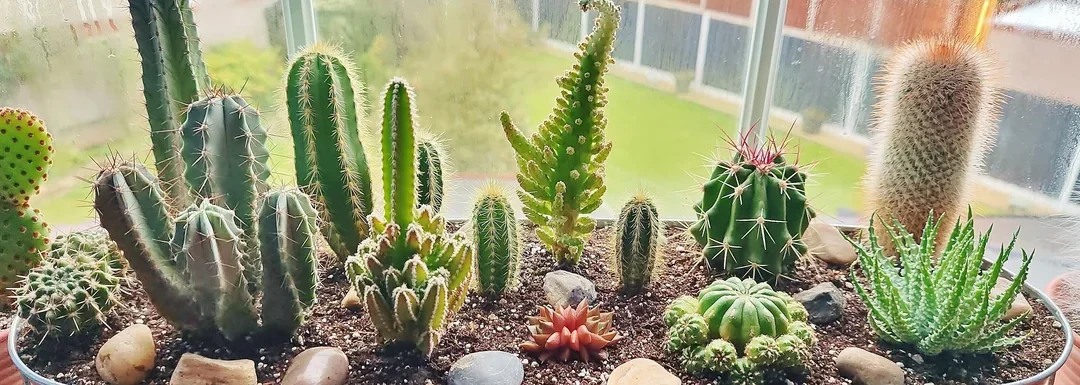Cacti are often seen as some of the easiest plants to care for. Their reputation as low-maintenance houseplants makes them popular with both beginners and seasoned gardeners.
However, many people quickly discover that keeping a cactus healthy is not as effortless as it seems.
While these plants are resilient and adapted to harsh desert conditions, they still have specific needs that are often overlooked.
When those needs are not met, problems like root rot, shriveled stems, and stunted growth can arise.
To help you avoid the common pitfalls, Here are seven frequent mistakes people make with cactus care, along with practical tips on how to nurture these fascinating plants the right way.
1. Overwatering the Cactus
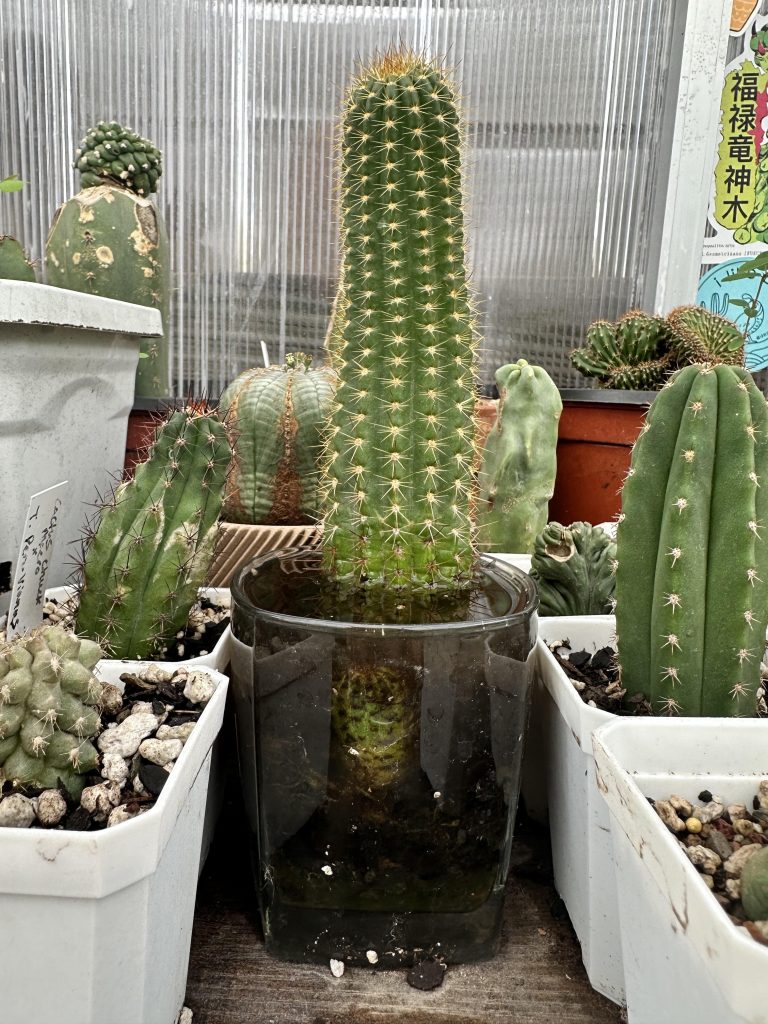
One of the most widespread mistakes in cactus care is overwatering. Because cacti are succulents, they store water in their thick stems and can go long periods without being watered.
People who are used to caring for leafy houseplants often water their cactus too frequently, thinking it will thrive with constant moisture. Unfortunately, this usually leads to root rot, one of the deadliest problems for cacti.
The roots of a cactus are designed to absorb water quickly during rare desert rains, and then they stay dry until the next rainfall.
When soil remains damp for too long in a pot, the roots suffocate, decay, and eventually kill the plant. Signs of overwatering include mushy stems, black or brown spots at the base, and a general loss of firmness.
To avoid this mistake, always check the soil before watering. A cactus should only be watered when the soil has completely dried out.
In most indoor environments, this means watering once every two to four weeks, though the frequency may vary depending on the season, the size of the pot, and the type of cactus.
During winter, when growth slows down, watering should be even less frequent.
2. Using the Wrong Soil
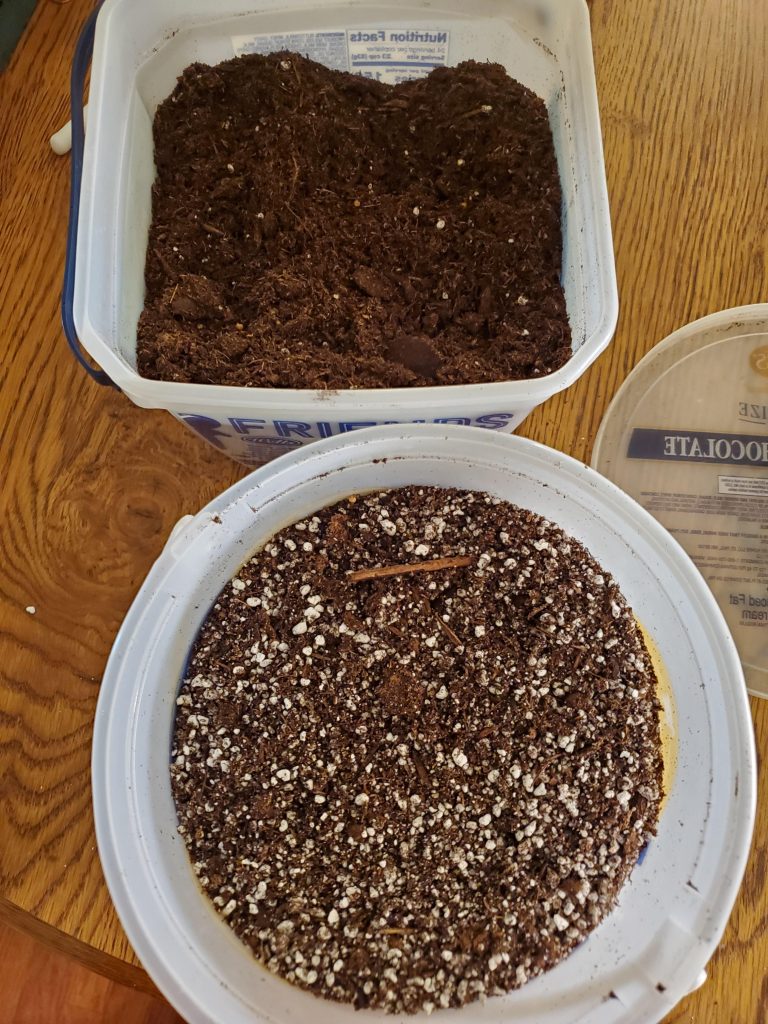
Another common error is potting cacti in the wrong type of soil. Many beginners assume that any potting mix will do, but standard houseplant soil holds too much moisture and can suffocate cactus roots.
Dense, water-retaining soil is the enemy of healthy cacti.
In their natural environment, cacti grow in sandy, rocky soils that drain quickly after rainfall.
If your cactus is planted in heavy soil, water lingers too long, creating the perfect conditions for root rot.
Even if you water sparingly, improper soil can harm your cactus in the long run.
The solution is to use a specialized cactus or succulent potting mix. These blends are designed to drain quickly while still providing enough nutrients.
If you cannot find a ready-made mix, you can make your own by combining regular potting soil with coarse sand, perlite, or pumice.
A good rule of thumb is to aim for a gritty, airy texture that allows excess water to flow out easily.
3. Not Providing Enough Sunlight
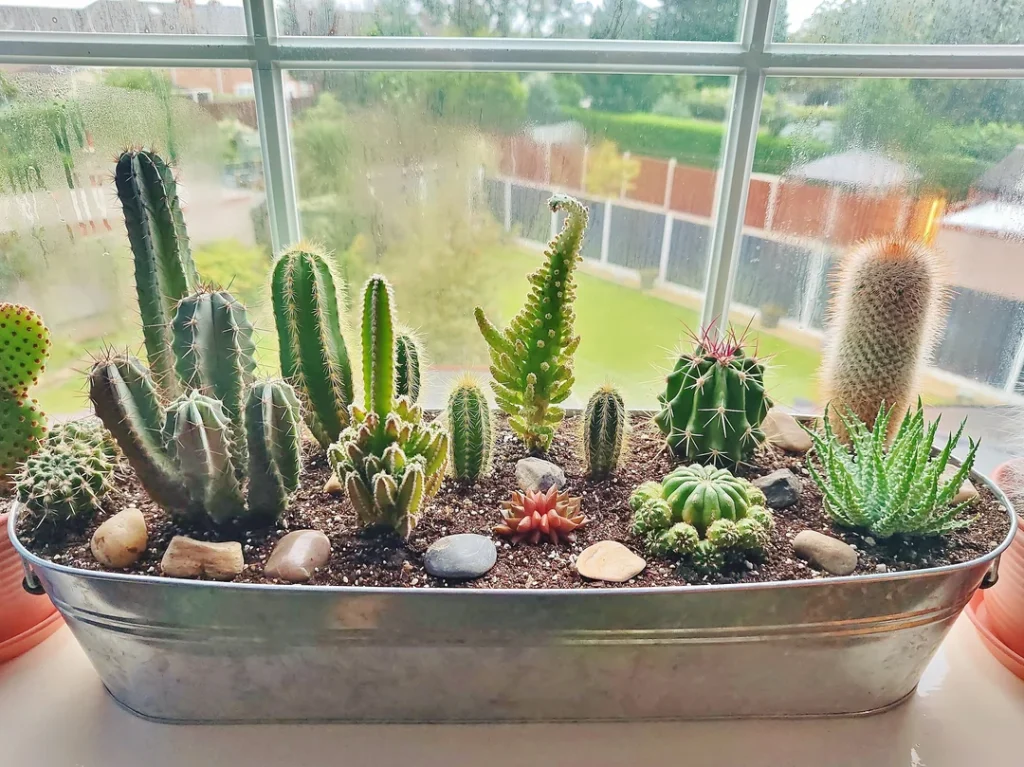
Cacti are sun-loving plants, yet many people underestimate how much light they really need.
Placing a cactus in a dim corner or on a north-facing windowsill often results in weak, stretched-out growth.
This condition is known as etiolation, where the plant becomes elongated, pale, and fragile as it stretches toward the nearest light source.
Cacti naturally thrive under full sun in deserts, so they need at least four to six hours of direct sunlight daily.
Indoors, a south- or west-facing window is usually the best spot for them. If you notice your cactus leaning or growing unevenly, it is likely not getting enough light.
If your home does not receive sufficient sunlight, consider supplementing with a grow light. LED grow lights are a practical solution, especially during winter months when daylight hours are shorter.
Gradually acclimate your cactus to brighter conditions if it has been growing in low light, since sudden exposure to direct sun can cause sunburn.
4. Choosing the Wrong Pot
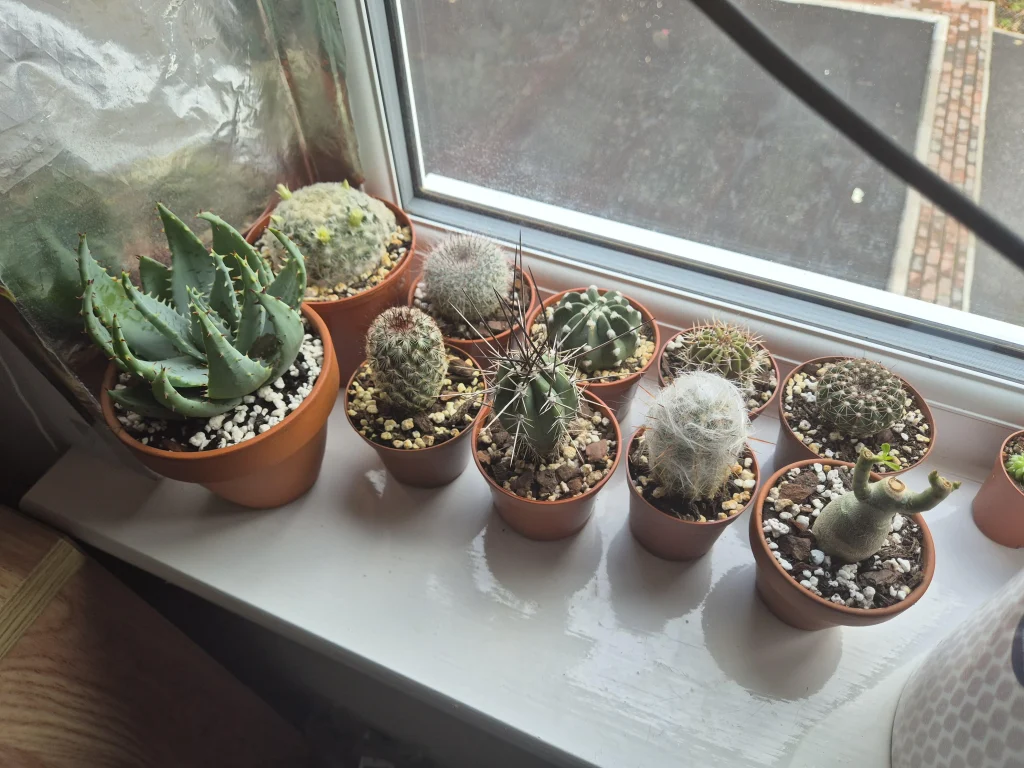
The choice of pot may seem like a minor detail, but it plays a big role in cactus health.
A common mistake is placing a cactus in a container without drainage holes. Since cacti are prone to root rot, excess water must always have a way to escape. Without drainage, water collects at the bottom, suffocating the roots.
Another issue is using pots that are too large. A big pot holds more soil, which retains water for longer periods.
This means the cactus sits in damp conditions for too long, increasing the risk of rot. Cacti generally prefer snug pots where their roots can fill the container without excess soil.
Terracotta pots are often the best choice because they are porous and allow water to evaporate more quickly than plastic or glazed ceramic pots.
This creates a drier environment that mimics the cactus’s natural habitat. Always pair your pot with a proper cactus mix and ensure water drains freely after each watering.
5. Ignoring Seasonal Changes
Another mistake many cactus owners make is treating the plant the same way all year round. Cacti have seasonal growth patterns that must be considered.
During spring and summer, most cacti enter an active growth phase, requiring more water, sunlight, and sometimes fertilizer.
In contrast, during fall and winter, cacti typically go dormant, meaning they slow down or stop growing altogether.
If you continue watering and fertilizing heavily during dormancy, your cactus will suffer.
The roots are not actively taking in nutrients, and the extra moisture can accumulate, leading to rot.
The key is to adjust your care routine according to the season. In warmer months, water more frequently but only when the soil is dry, and provide ample sunlight.
A diluted cactus fertilizer can be used every four to six weeks to encourage growth. In winter, reduce watering drastically, keep the plant in a cooler but bright environment, and avoid fertilizing until spring returns.
6. Overlooking Pests and Diseases
Many people assume that cacti are immune to pests and diseases because of their hardy nature. While they are certainly more resilient than many other plants, they are not invincible.
Common pests such as mealybugs, spider mites, and scale insects can infest cacti, often going unnoticed until they cause significant damage.
Mealybugs appear as tiny white cotton-like clusters on the cactus, while spider mites create fine webs and cause yellow or speckled spots.
Scale insects look like small brown bumps that stick firmly to the plant. If left untreated, these pests can weaken the cactus, causing stunted growth and eventually leading to death.
Root rot and fungal infections are also frequent issues, especially in plants that have been overwatered or grown in poorly draining soil.
Symptoms include blackened roots, soft stems, and unusual discoloration.
To prevent pests, inspect your cactus regularly and keep the growing environment clean.
If you notice an infestation, isolate the affected plant and treat it with rubbing alcohol, insecticidal soap, or neem oil. For fungal issues, remove the cactus from its pot, cut away affected roots, and replant it in fresh, dry soil.
7. Neglecting Repotting and Maintenance
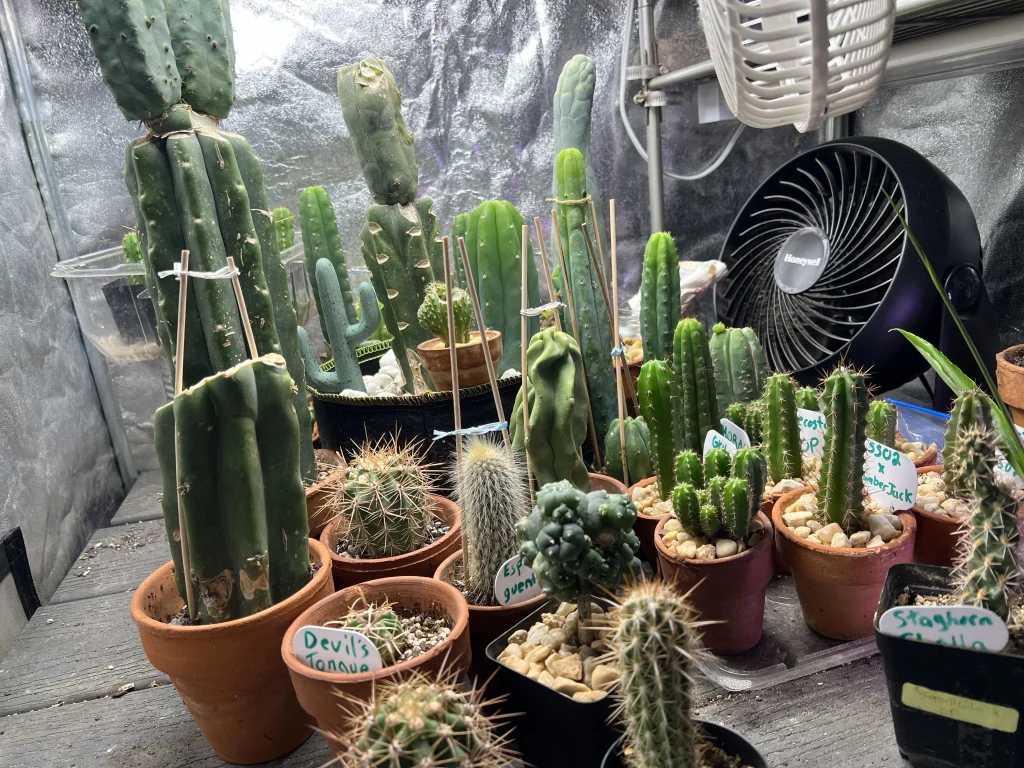
The final common mistake in cactus care is neglecting repotting and general maintenance.
Many people buy a cactus, place it in a pot, and assume it will thrive indefinitely without further attention. However, cacti outgrow their pots over time, and the soil becomes depleted of nutrients.
Most cacti should be repotted every two to three years, preferably in the spring before the active growing season.
Repotting gives the plant fresh soil with better drainage and replenished nutrients. It also allows you to check the health of the root system and trim away any rotting or dead roots.
When repotting, always handle your cactus carefully. Use thick gloves or folded newspaper to protect your hands from the spines.
Choose a slightly larger pot with drainage holes, and allow the cactus to rest for a few days before watering so the roots can heal from any minor damage.
In addition to repotting, general maintenance includes removing dead flowers, checking for pests, and rotating your cactus occasionally so it grows evenly toward the light.
A little care and attention go a long way in keeping your cactus healthy for years to come.
Caring for a cactus may seem simple, but these plants require more thought than just watering once in a while.
Overwatering, poor soil, lack of light, the wrong pot, ignoring seasonal changes, pest problems, and neglecting repotting are the seven most common mistakes that lead to unhealthy or dying cacti.
By avoiding these pitfalls and giving your cactus the environment it needs, you will be rewarded with a resilient, striking plant that can live for decades.
Remember that cacti are survivors by nature, but even survivors thrive best when their unique needs are respected. With proper care, your cactus will not just survive, it will flourish, bringing beauty and character to your home or garden.
